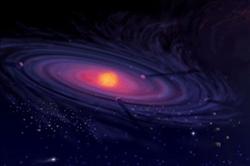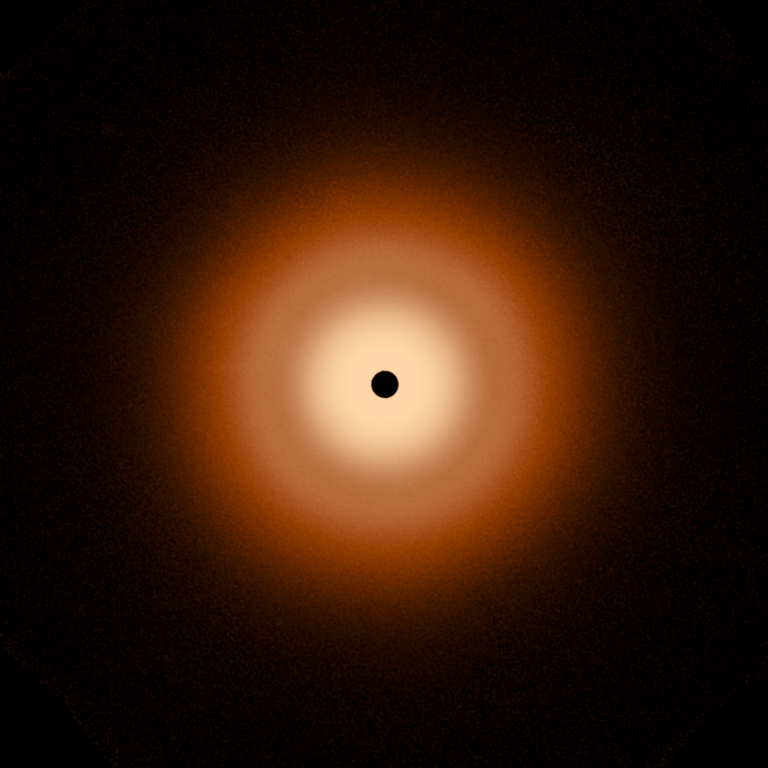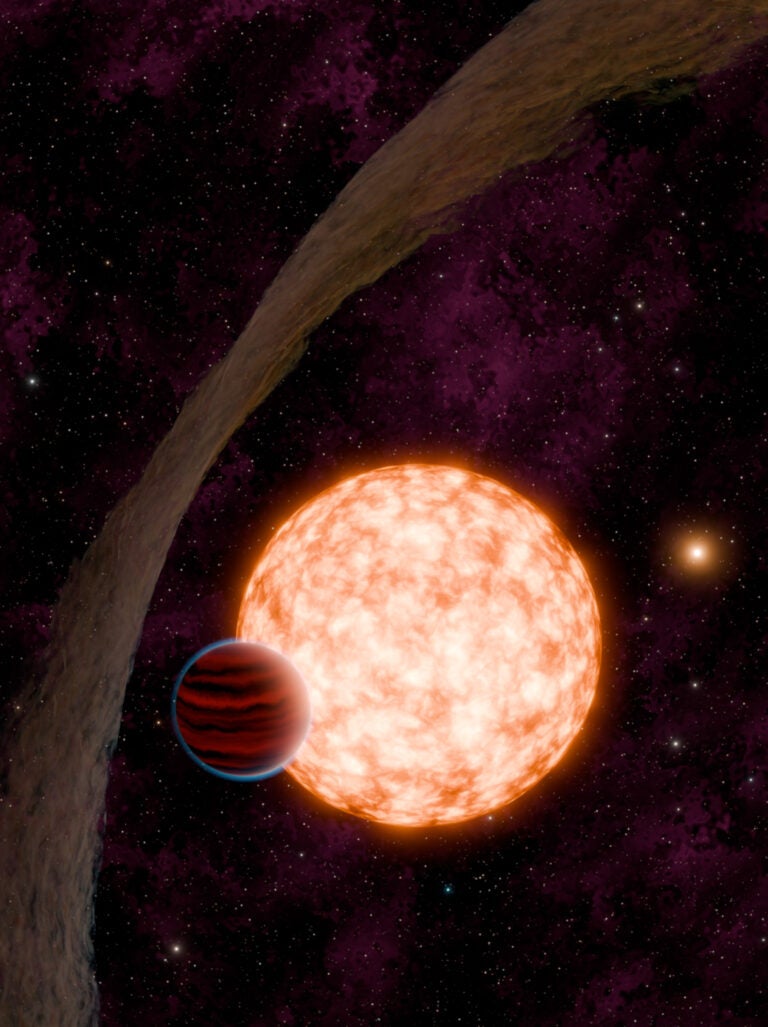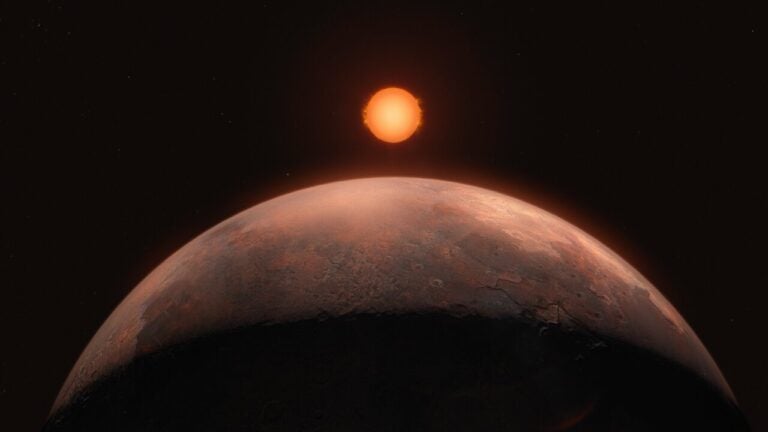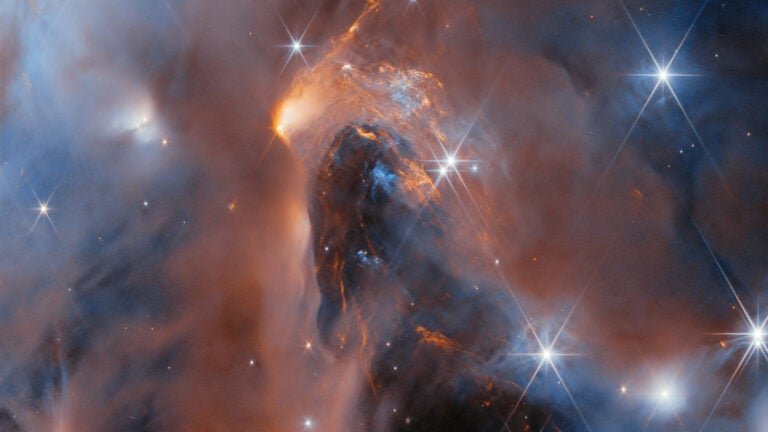The term “minor planet” was already an accepted catch-all for asteroids and Kuiper Belt objects. But Pluto is the only such object the Minor Planet Center in Cambridge, Massachusetts, kept tabs on that wasn’t officially designated a minor planet.
Astronomers introduced the “dwarf planet” category during the 2006 debate to classify Pluto. But, Pluto aside, any definition that included “roundness” as a qualification also had to include Ceres, the largest asteroid, which is massive enough to make itself spherical; a few other large asteroids also may make the cut as astronomers better determine their shapes.
Moreover, the dwarf planets beyond Neptune will be classed in a separate, as-yet-unnamed category. Caltech astronomer Michael Brown points out that three of the four largest of these, including Pluto and Eris, have one or more moons, while only 11 percent of all Kuiper Belt bodies have moons.
So, while the new category is a bit puzzling linguistically, there is a physical basis for creating it. — Francis Reddy, Senior Editor

